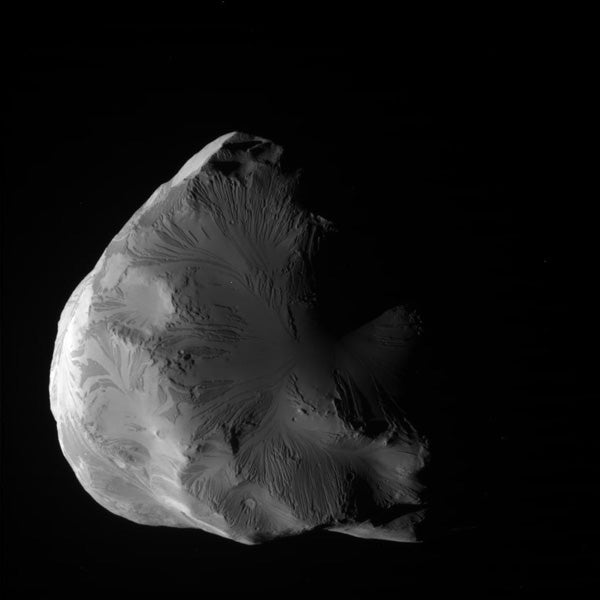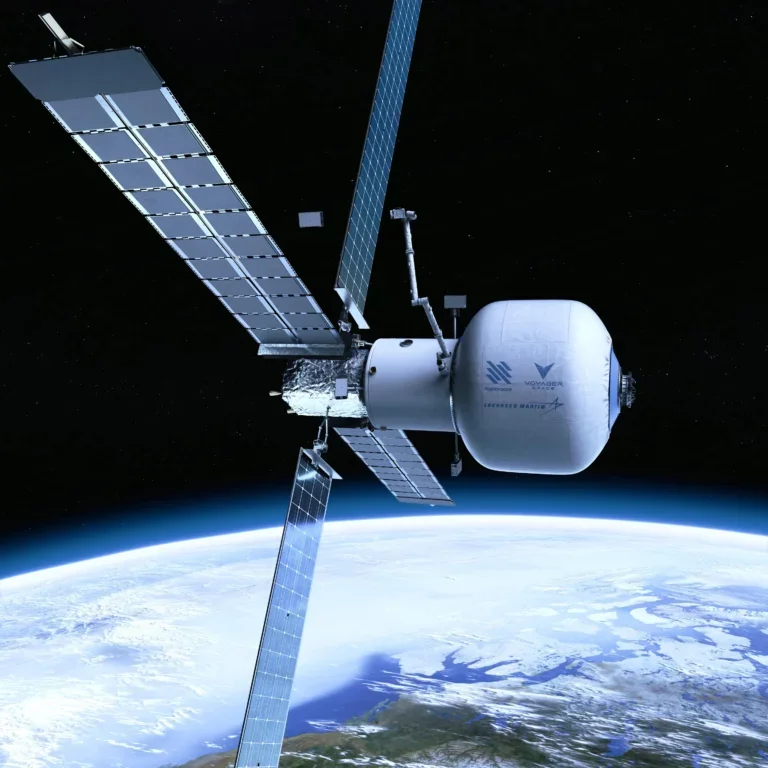Cassini passed from Helene’s night side to the moon’s sunlit side. It also captured images of the Saturn-facing side of the moon in sunlight, a region that was only illuminated by sunlight reflected off Saturn the last time Cassini was close in March 2010. This flyby will enable scientists to finish creating a global map of Helene so they can better understand the history of impacts to the moon and gully-like features seen on previous flybys.
The closest Helene encounter of the mission took place March 10, 2010, when Cassini flew within 1,130 miles (1,820 kilometers) of the moon.
Cassini passed from Helene’s night side to the moon’s sunlit side. It also captured images of the Saturn-facing side of the moon in sunlight, a region that was only illuminated by sunlight reflected off Saturn the last time Cassini was close in March 2010. This flyby will enable scientists to finish creating a global map of Helene so they can better understand the history of impacts to the moon and gully-like features seen on previous flybys.
The closest Helene encounter of the mission took place March 10, 2010, when Cassini flew within 1,130 miles (1,820 kilometers) of the moon.










